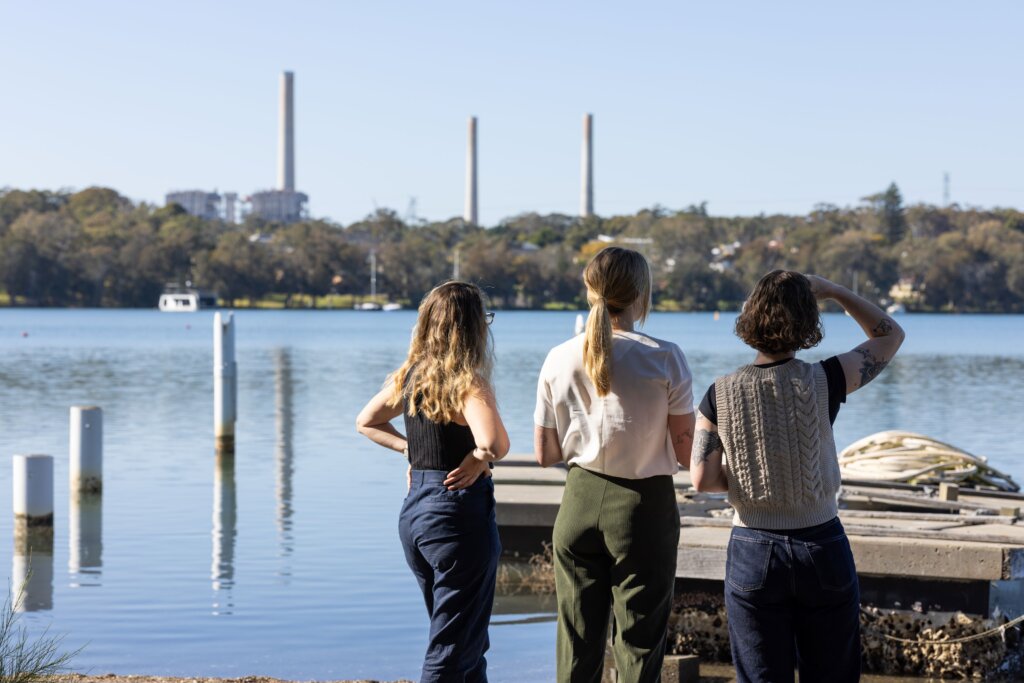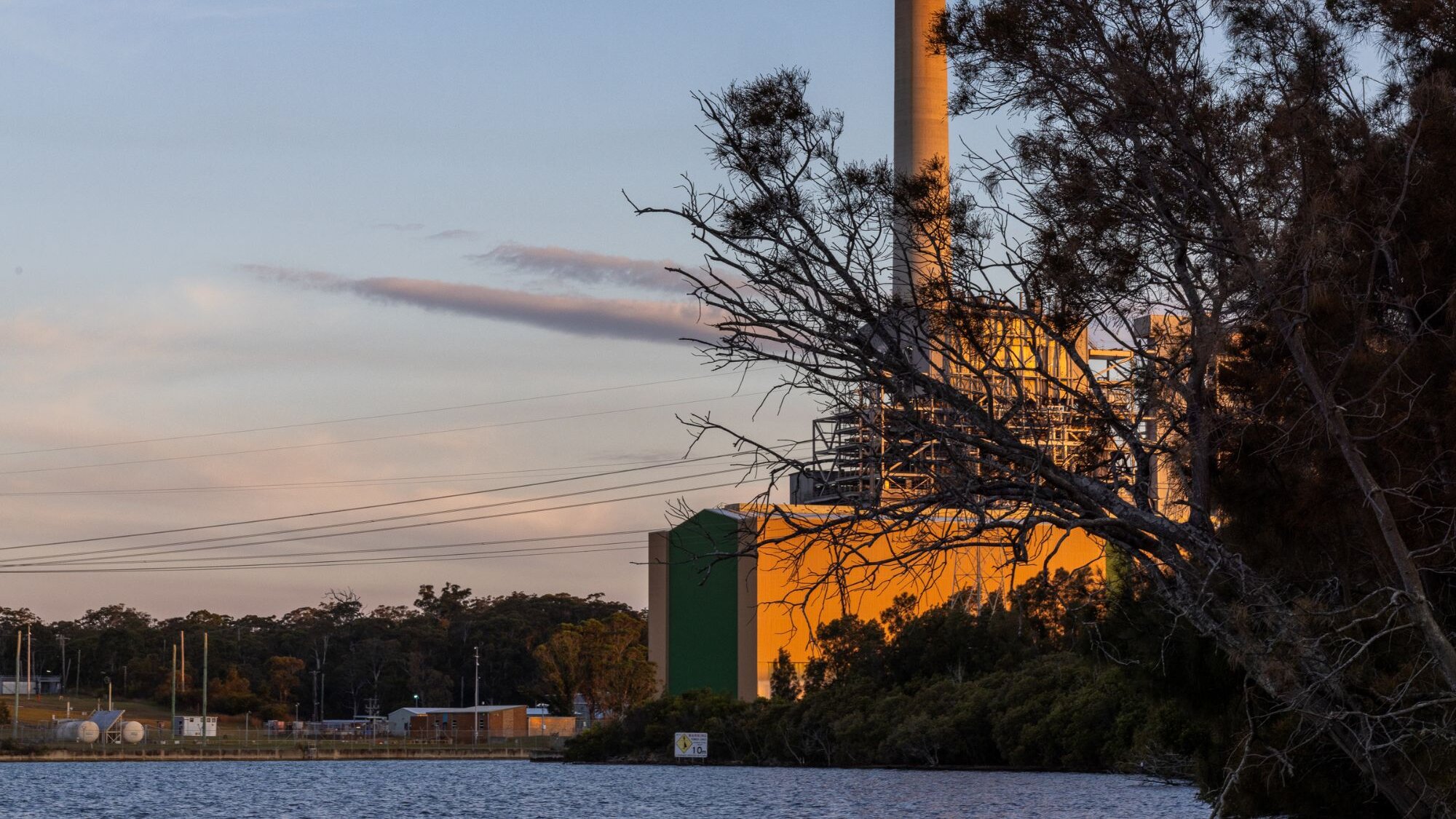Each year more than 4000 big polluters are required to provide information about their emissions of 93 toxic substances for Australia's annual report on toxic pollution - the National Pollution Inventory.
Their latest data (2022-23) has just been released, and EJA lawyers have analysed the trends.
What is clear is that coal-burning power stations are one of the biggest sources of air pollution in Australia, pumping out some of the highest levels of toxins that are most dangerous to human health into the air we breathe.
Energy generation is down
The data shows that for the fourth year in a row, power generation from the NSW coal power stations has decreased, but they remain among the worst emitters in the country of some of the most toxic pollution.
There was a 2.9% decrease in total MWh power generation from coal power stations in NSW last year.
Over the longer term, these unreliable and ageing power stations have produced 20.9% less power in NSW since 2018-19.
Pollution increases at Eraring
Australia's largest power station, Eraring, is slated for closure in 2025. Eraring recorded an increase in all five toxic pollutants.
This includes a horrifying 130% increase in mercury pollution, a 6% increase in nitrogen oxides pollution, a 16% increase in PM10 particle pollution, an 88% increase in PM2.5 fine particle pollution, and a 15% increase in sulfur dioxide pollution.
The toxic data comes after energy analysis predicted that NSW taxpayers could be forced to pay as much as $150 million a year to energy giant Origin to extend the operations of the Eraring coal-fired power station.
The data also shows that Eraring:
- was the 4th worst polluter of SOx emissions out of over 2000 other facilities which report SOx
- was the 7th worst polluter of NOx emissions out of over 2000 other facilities which report NOx
- was the 19th worst polluter for Mercury emissions out of over 1500 other facilities which report Mercury.
Vales Point results ahead of fish kill prosecution
Vales Point wants to stay open until 2033 which we know will cause more cases of childhood asthma and premature deaths.
An estimated 650 children on the Central Coast and at Lake Macquarie have asthma because of pollution that comes from coal-fired power stations like Vales Point.
Alarmingly, mercury pollution from Vales Point has gone up 10%, and there was a 47% increase in sulfur dioxide pollution, which can cause inflammation of the respiratory tract, wheezing and lung damage.
Its owner, Delta Electricity, is due to face criminal proceedings in the NSW Land and Environment Court on 19 April 2024 over an alleged mass fish kill that killed thousands of fish in Lake Macquarie.
Despite the devastating environmental harm and pumping out high levels of pollution that can makes people sick, Delta Electricity is trying to extend its profits through expanding local coal production at Chain Valley and Mannering collieries.
The NSW Planning Minister, Paul Scully, has the power to ensure this dangerous expansion is thoroughly scrutinised via the planning process.
Bayswater Power Station
Bayswater Power Station in Muswellbrook is the worst in Australia for nitrogen oxides pollution and second in the nation for sulfur dioxide pollution. It also recorded a 48% increase in mercury pollution, and a 32% increase in PM2.5 fine particle pollution.
Download our spreadsheet to read the full analysis.
Our community has had enough of the asthma, the heart disease, the babies born with serious health conditions all related to air pollution from coal power stations.
Mike Campbell OAM, Central Coast Community Environment Network Executive Member
We deserve better than to breathe toxic air and we're calling on the Environment Protection Authority (EPA) to crack down on the big coal companies."


"The owners of coal power stations are posting profits, despite NSW power stations producing less power overall and being among the worst emitters of some of the most toxic pollution.
Coal-fired power stations in NSW are pumping out some of the most toxic chemicals for our health – leading to serious health problems like cancer, respiratory illnesses and severe asthma.
We know there is no safe level of air pollution and while coal-fired power stations continue to operate, the NSW Government and the EPA have a responsibility to protect the health of our community.
We know that communities continue to tell the EPA that they’re sick and tired of toxic coal pollution and call for it to take proper action.
EJA calls on the EPA to urgently protect public health by setting limits on coal pollution."
EJA Lawyer Isabella Farrell-Hallegraeff

